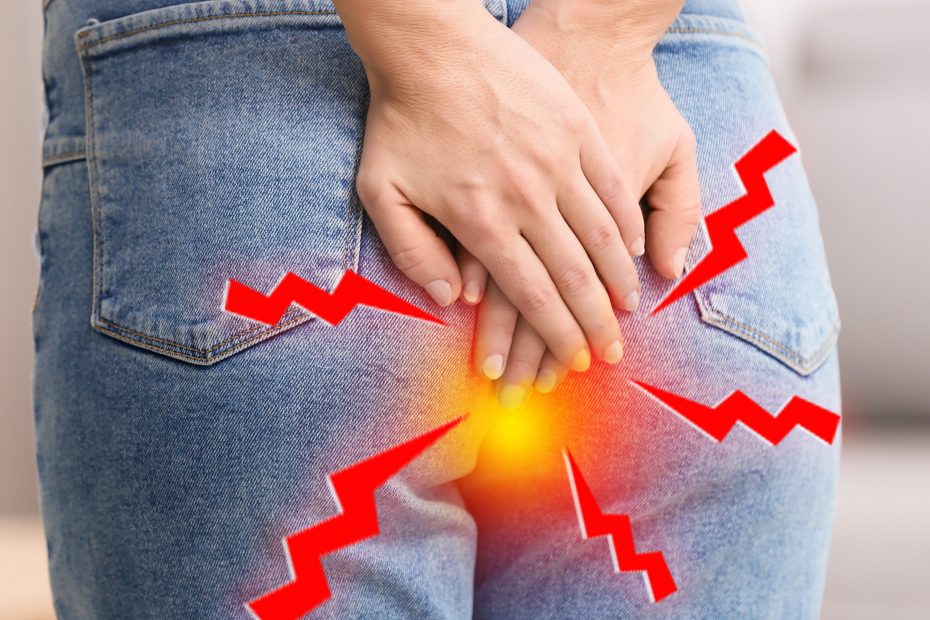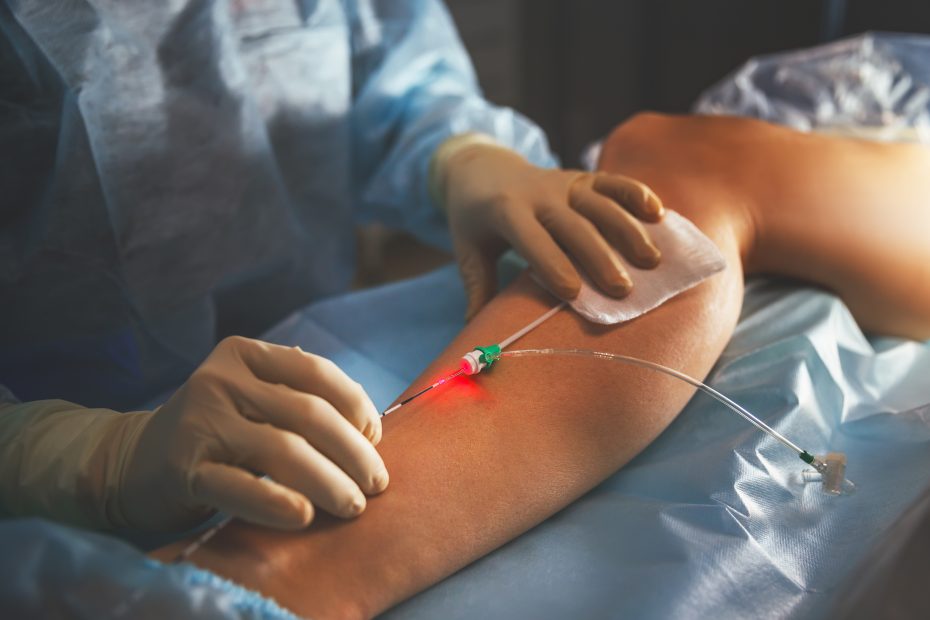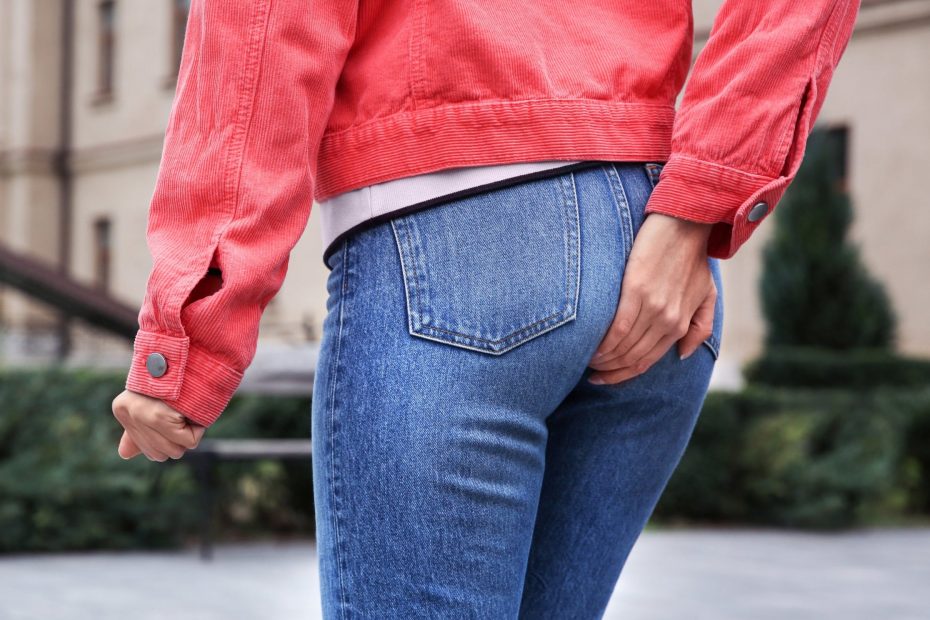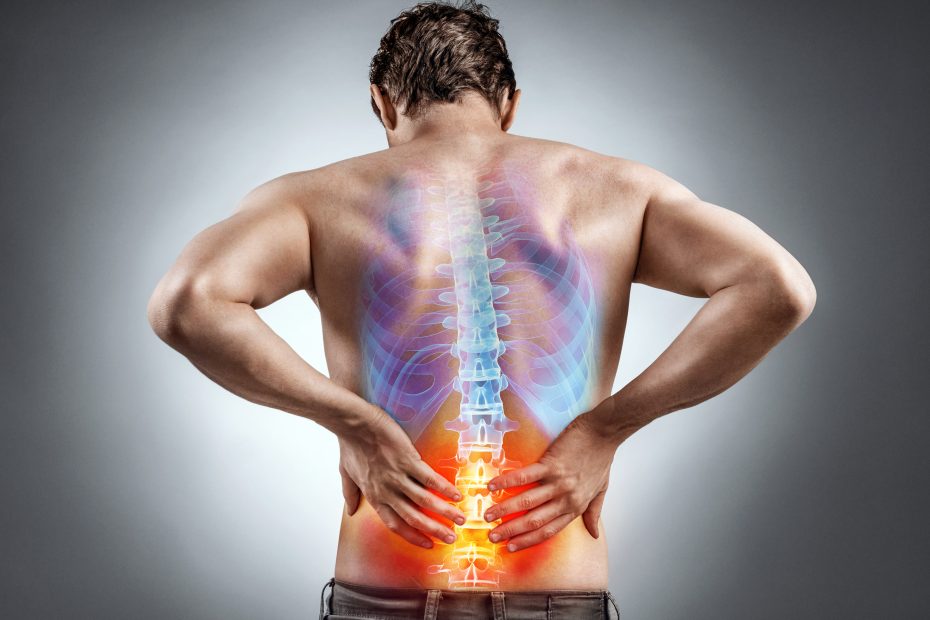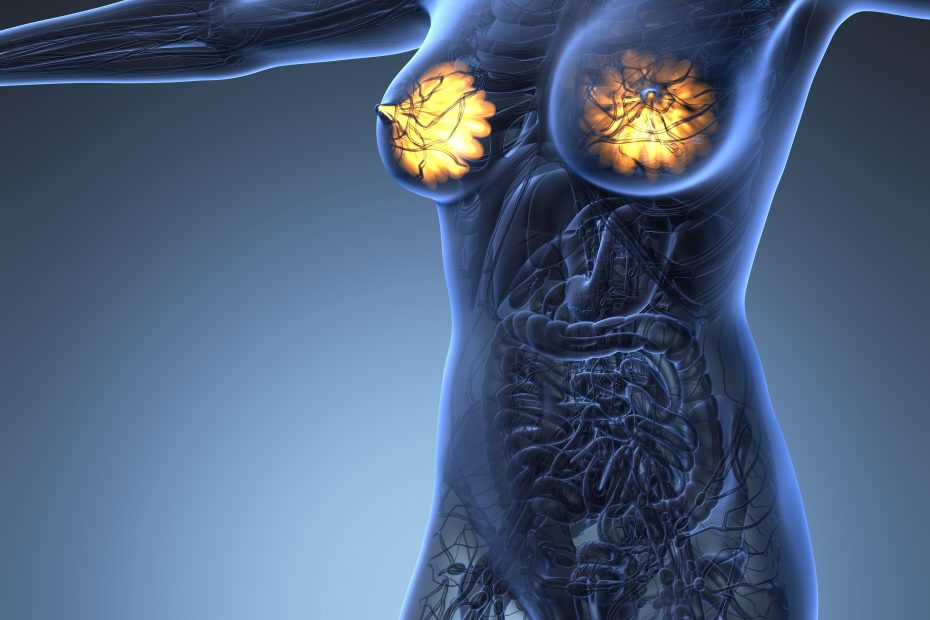Haemorrhoid or Anal Fistula
Are you suffering from haemorrhoid or anal fistula?
Have you ever been confused or panicked about not knowing whether you have a haemorrhoid or an anal fistula? Don't worry, most patients are unable to differentiate between the two. Let's continue reading to learn more!
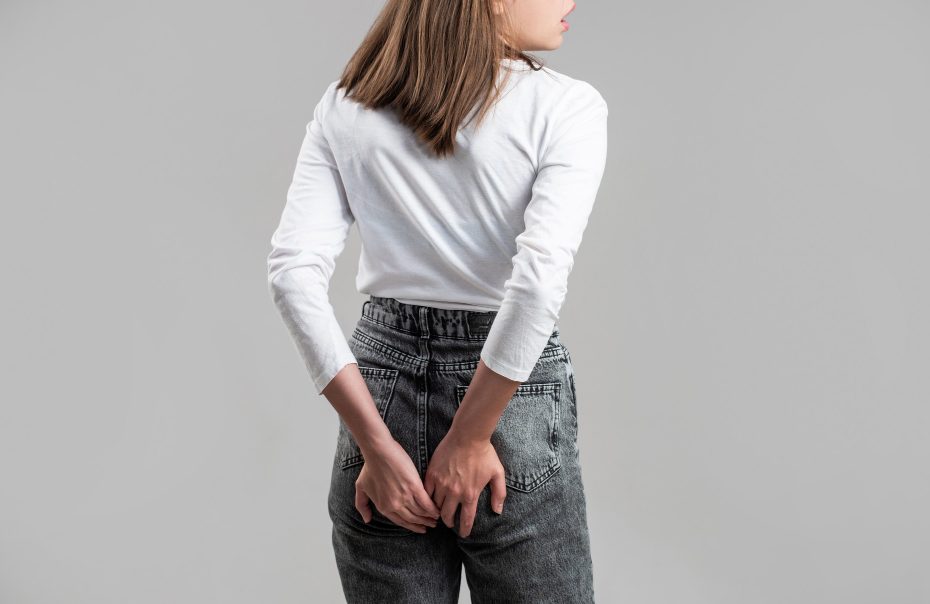

Majority of patients experience discomfort around the anus, they are thought to have a haemorrhoid and are treated accordingly. If a patient with an anal fistula feels he has a haemorrhoid, he may miss out on the best treatment option. As a result, it is critical that this mistake be clarified.
In conclusion, while haemorrhoid and anal fistula are prevalent anorectal disorders with similar symptoms, they are two totally different conditions. Haemorrhoid are enlarged blood vessels in the lower rectum, whereas anal fistula is an infection around the anal region. When abscesses form and are unable to discharge entirely, an anal fistula develops, connecting the end of the bowel to the skin around anus.
The differences between Haemorrhoid and Anal Fistula
Despite the fact that haemorrhoid and anal fistula both grow in a private place, we cannot ignore them.
1. Location
Haemorrhoid located in and around the anus and are closely attached to the anus. In contrast, an anal fistula’s external hole is located a certain distance from the anus, and usually presents as a red & swollen small lump. Pus may leak out of the fistula tract when pressed.
2. Symptoms
Dilated blood vessels are the cause of haemorrhoid. The primary sign is bleeding, which is visible trickling down the toilet or toilet paper after using the restroom. While there may occasionally be some discomfort before, during, or after using the restroom, this discomfort is not continuous and usually disappears within a few hours to a day. Sometimes you may able to feel or touch a soft piece of “meat”, feeling something coming out from the anus when you defecate, or in certain condition you may need to push it back manually after pooping.
Anal fistula is different, the main symptom is pain. You may experience pain occasionally when you are sitting or pressing on it. Unlike haemorrhoid, you only feel pain when the haemorrhoid are at severe grade such as Grade 3 and Grade 4 haemorrhoid, in which the haemorrhoid already protruded/came out of the anal canal.
Patients may experience itchy skin and occasionally dermatitis as a result of the irritation by the active discharge/pus leaking from the fistula tract. Abscesses around the anus may appear as small lumps that are red, swollen, inflamed, and painful.
3. Discharge
For haemorrhoid, discharge only occurs if the haemorrhoid are at the severe grade such as prolapsing haemorrhoid. Most of the time bleeding will occurs in haemorrhoid, rarely in anal fistula. For anal fistula will be more frequent release of fluids and smell awful.
In conclusion, haemorrhoid bleed, while anal fistula produce pus, which is frequently accompanied by an unpleasant odour.
Surgery is almost always necessary to cure an anal fistula
Overall, haemorrhoid are less harmful than anal fistula, which is far worse. You shouldn’t wait to address an anal fistula like you would a haemorrhoid after noticing one because anal fistula can cause much more harmful side effects than just pain.
If the anal fistula is not treated for a very long time, anal eczema and itching are two anorectal illnesses that might arise. This is a consequence of the discharge or pus from the fistula tract leaking into the undergarments for a prolonged period of time, which may further infect the area. It will be significantly more challenging to treat and may have adverse effects including anal incontinence if a complex anal fistula develops.
In other words, untreated anal fistula will not only have a detrimental effect on the patient’s quality of life but will also make them uncomfortable at home as well as at working space. It will weakened the body eventually.
Haemorrhoid and Anal Fistula are surgically treatable
Don’t worry, haemorrhoid and anal fistula can both be treated surgically. A tiny laser fibre is all that is needed to activate the laser heat and cause unhealthy tissue (haemorrhoid and anal fistula tract) to die and shrink during an Advanced Laser Treatment, which is a minimally invasive procedure. Dead tissue (the treated haemorrhoid or anal fistula tract) will be absorbed by the body’s immune system.
Are you wondering whether the treated haemorrhoid or anal fistula tract will remain in the body?
Not to worry! The immune system will completely absorb the treated haemorrhoid or anal fistula tract, which means they won’t stay in our body.
Laser Haemorrhoid Treatment
Laser Anal Fistula Treatment
No surgery, No cut, No open wound
Low risk of complications
** The risk of incontinence and anal stricture is very minimal because there is no incision (cut), therefore there will not be any muscle injury which lead to incontinence. Also no tissue is removed, so there is no narrowing of the anal canal.
Fast treatment time (About 1 hour)
Can go home on the same day or next day
Fast recovery
Able to move around, no need to lie down for recovery
The above is the difference between haemorrhoid and anal fistula. If you have any questions or wish to know more about Laser Haemorrhoids Treatment/Laser Anal Fistula Treatment, feel free to drop us a message. We are happy to assist!

